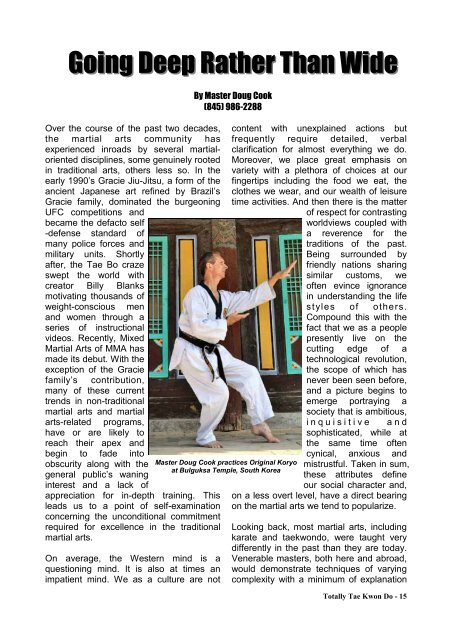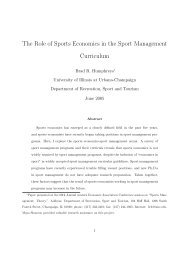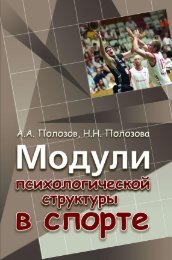Totally Tae Kwon Do Magazine - Issue 20 - Usadojo
Totally Tae Kwon Do Magazine - Issue 20 - Usadojo
Totally Tae Kwon Do Magazine - Issue 20 - Usadojo
You also want an ePaper? Increase the reach of your titles
YUMPU automatically turns print PDFs into web optimized ePapers that Google loves.
Going Deep Rather Than Wide<br />
Over the course of the past two decades,<br />
the martial arts community has<br />
experienced inroads by several martialoriented<br />
disciplines, some genuinely rooted<br />
in traditional arts, others less so. In the<br />
early 1990’s Gracie Jiu-Jitsu, a form of the<br />
ancient Japanese art refined by Brazil’s<br />
Gracie family, dominated the burgeoning<br />
UFC competitions and<br />
became the defacto self<br />
-defense standard of<br />
many police forces and<br />
military units. Shortly<br />
after, the <strong>Tae</strong> Bo craze<br />
swept the world with<br />
creator Billy Blanks<br />
motivating thousands of<br />
weight-conscious men<br />
and women through a<br />
series of instructional<br />
videos. Recently, Mixed<br />
Martial Arts of MMA has<br />
made its debut. With the<br />
exception of the Gracie<br />
family’s contribution,<br />
many of these current<br />
trends in non-traditional<br />
martial arts and martial<br />
arts-related programs,<br />
have or are likely to<br />
reach their apex and<br />
begin to fade into<br />
obscurity along with the<br />
general public’s waning<br />
interest and a lack of<br />
appreciation for in-depth training. This<br />
leads us to a point of self-examination<br />
concerning the unconditional commitment<br />
required for excellence in the traditional<br />
martial arts.<br />
On average, the Western mind is a<br />
questioning mind. It is also at times an<br />
impatient mind. We as a culture are not<br />
By Master <strong>Do</strong>ug Cook<br />
(845) 986-2288<br />
Master <strong>Do</strong>ug Cook practices Original Koryo<br />
at Bulguksa Temple, South Korea<br />
content with unexplained actions but<br />
frequently require detailed, verbal<br />
clarification for almost everything we do.<br />
Moreover, we place great emphasis on<br />
variety with a plethora of choices at our<br />
fingertips including the food we eat, the<br />
clothes we wear, and our wealth of leisure<br />
time activities. And then there is the matter<br />
of respect for contrasting<br />
worldviews coupled with<br />
a reverence for the<br />
traditions of the past.<br />
Being surrounded by<br />
friendly nations sharing<br />
similar customs, we<br />
often evince ignorance<br />
in understanding the life<br />
styles of others.<br />
Compound this with the<br />
fact that we as a people<br />
presently live on the<br />
cutting edge of a<br />
technological revolution,<br />
the scope of which has<br />
never been seen before,<br />
and a picture begins to<br />
emerge portraying a<br />
society that is ambitious,<br />
inquisitive and<br />
sophisticated, while at<br />
the same time often<br />
cynical, anxious and<br />
mistrustful. Taken in sum,<br />
these attributes define<br />
our social character and,<br />
on a less overt level, have a direct bearing<br />
on the martial arts we tend to popularize.<br />
Looking back, most martial arts, including<br />
karate and taekwondo, were taught very<br />
differently in the past than they are today.<br />
Venerable masters, both here and abroad,<br />
would demonstrate techniques of varying<br />
complexity with a minimum of explanation<br />
<strong>Totally</strong> <strong>Tae</strong> <strong>Kwon</strong> <strong>Do</strong> - 15

















